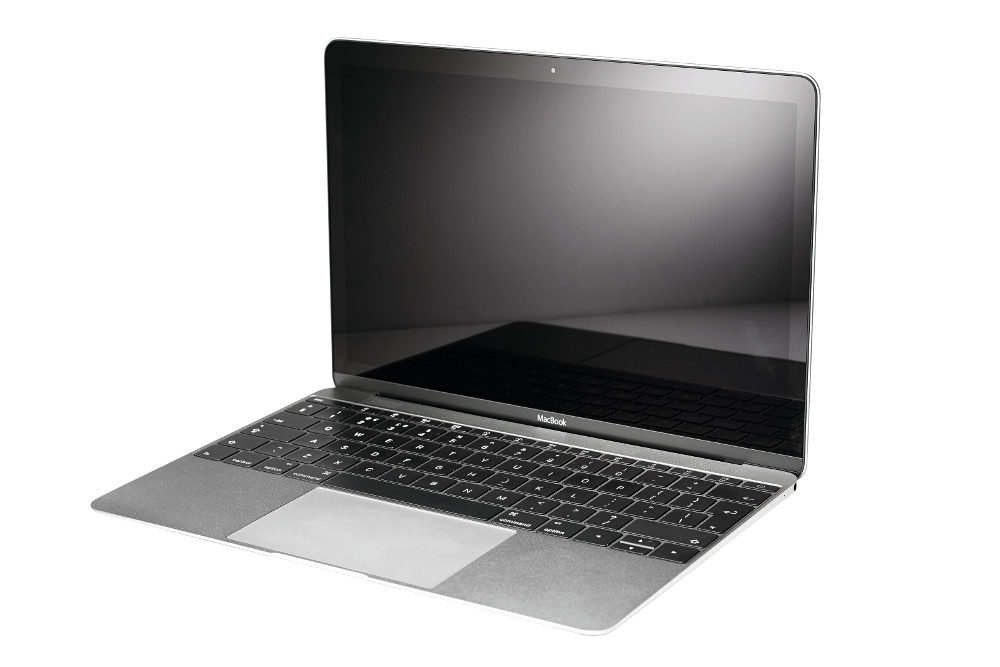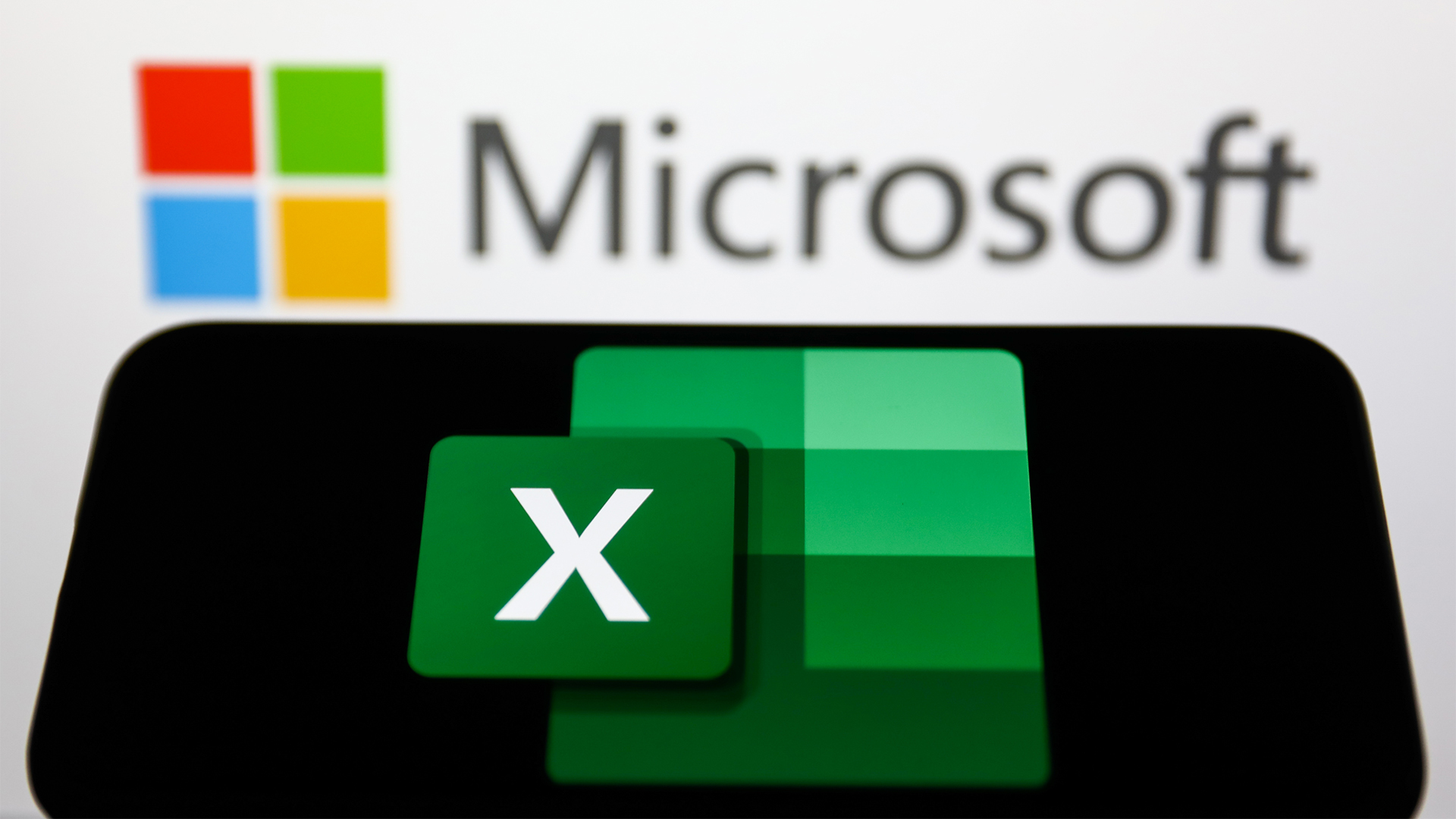Apple MacBook Retina 12in review - 'a superb choice, but challenging to fit into how you work'
Apple upgrades specs and adds rose gold model for 2016 MacBook Retina 12in


Apple’s ultra portable laptop is stunning, but the compromises made to achieve its low weight and slender profile won’t suit everyone
-
+
Very thin and light; Lengthy battery life; Top quality screen and touchpad
-
-
Keyboard won’t suit everyone; USB-C adapters a necessity; Wireless-only not always possible or desirable
Latest news:
19/04/2016: Apple has updated its 12in MacBook with a 2016 iteration boasting 12th generation Intel processors and up to 10 hours of battery life.
Available in rose gold as well as the traditional silver, gold and space gray, the new 12in MacBook will measure 13.1mm in thickness, and weigh just 2lbs.
Its 12in Retina display boasts a resolution of 2304 x 1440 pixels, while its trackpad will incorporate Force Touch, which monitors the pressure you place on the trackpad to give you better control over the computer.
Coming in two price ranges, the $1,299 12in MacBook will boast a 1.1GHz dual-core Intel Core m3 processor, while the $1,599 version will come with a 1.2GHz dual-core Intel Core m5 processor. Storage comes in two sizes - 256GB flash and 512GB flash respectively.
The new MacBook will also ship with 8GB of onboard memory.
08/02/2016: The latest rumours say that Apple will launch revamped 12in MacBooks with the latest Skylake processors from Intel. The new Core m3, m5 and m7 processors are the successors to the original Broadwell-class Core m used in the MacBook reviewed here, so we'd expect Apple to adopt them. MacBooks allegedly equipped with these new Core m processors are rumoured to appear at an Apple launch on March 15th which makes sense as this would be almost a year after this laptop was first announced.
Apple is no stranger to jettisoning what it sees as old and outdated technologies in favour of newer, more efficient ones. From abandoning floppies in favour of USB in the original iMac to jettisoning PCI-Express slots in favour of Thunderbolt 2 in the current Mac Pro, Apple isn't afraid to leave the past behind even if its customers are more reticent. Apple has done it again with its latest ultra portable laptop, the 12in MacBook Retina.
Sign up today and you will receive a free copy of our Future Focus 2025 report - the leading guidance on AI, cybersecurity and other IT challenges as per 700+ senior executives
Apple MacBook Retina 12in review: USB-C
Aside from a headset jack, this laptop has just one port a completely new type of USB port. USB 3.1 Gen 1 has the same speed as USB 3.0 (5Gbit/s, although Gen 2 will raise this to 10Gbit/s), but what it lacks in speed improvements it more than makes up for in increased versatility.
USB 3.1 Gen 1 has a new smaller connector, Type C, which is reversible so it doesn't matter which way up you plug it in. Plus it's the same connector at both ends of the cable, so it doesn't matter which end you plug in either. These sound like small improvements, but we've seen plenty of confused users fumbling around with their USB cables. USB 3.1 Gen 1 can also natively handle video output so, with adapters, it can be used to connect monitors, projectors and TVs without impacting on processor performance as with older versions of USB.
Of course, the Type C connector means you'll need adapters to use existing USB peripherals and displays. If you still rely on Ethernet, you'll need an adapter for that too. Plus, as there's only one port, you'll need a multiport adapter or hub to connect multiple devices simultaneously. Apple's vision is that you won't need to do this often, if at all, as you'll use wireless peripherals and, in the case of storage and storage-hogging software, the cloud.
A standard USB 3.0 Type-A connector (left) compared to a USB 3.1 Gen 1 Type-C connector (right).
It's a compelling vision, but not practical for everyone. Cloud-related compliance issues aside, even if you're willing to undertake the expense of deploying wireless peripherals in your office, you'll have to make sure they're properly secured. On top of that, you'll still need a gaggle of adapters for use in the outside world. Sadly, USB Type C isn't magnetised like the MagSafe charging connectors on other MacBooks, so there's a greater chance that someone tripping over the charging cable will send the laptop crashing to the ground.
Apple MacBook Retina 12in review: weight and build
This dramatic reduction in the number and type of ports has allowed Apple to make the 12in MacBook remarkably lighter and slimmer than any other laptop we've seen 12in or otherwise. It's around the same thickness as three copies of Time magazine stacked on top of each other and weighs just 920g. This makes it almost effortless to tote around. Despite its svelteness, the metal casing is just as rigid and robust as we've come to expect from a MacBook. Like the iPhone 6 and iPad Air 2, the MacBook is available in grey, silver and gold with the latter far less garish than we expected.
However, like most of Apple's other Macs, serviceability and upgradeability are non-existent. The memory chips are soldered into place, while the proprietary connector on the SSD makes it difficult and costly to replace or upgrade yourself.
Apple MacBook Retina 12in review: performance and battery life
Despite the MacBook's slenderness, Apple has squeezed in a huge battery made possible in part by the Core M processor and its smaller-than-usual motherboard. The battery lasted 14 hours and 26 minutes in our light usage test and six hours and 52 minutes in our more strenuous YouTube playback test. Only the 13in MacBook Air and 13in MacBook Pro Retina last longer no Windows ultraportable we've seen can match it.
This exceptional battery life is also due, in large part, to the power efficient Broadwell-based Core M processor. The trade-off is performance. While the 1.1GHz dual core 5Y70 is more than fast enough for office tasks, JPEG editing and light HD video work since it can Turbo Boost to 2.6GHz and is paired with 8GB of memory, it's not ideal for anything more demanding. In our video editing and multitasking benchmarks, it was only around a third the speed of our reference PC with a Core i5 3570K desktop processor.
Apple MacBook Retina 12in review: keyboard and touchpad
One consequence of the MacBook's incredibly thin profile is its dramatically redesigned keyboard. As there's less space for the key switches, the keys have far less travel than almost any laptop keyboard we've ever used. We thought we would find this hatefully awkward, but to our surprise we found typing fast, accurate and very comfortable indeed. This is because the keys give plenty of feedback when pressed as well as a satisfying clicky sound. The keyboard still takes getting used to we found we had to type with less force or risk arm ache, for example but it's quick to acclimatise too. The only real annoyance we encountered was the up and down cursor keys, which are smaller than the others and therefore hard to tell apart when touch typing.
The MacBook's touchpad is large, accurate and responsive. What sets it apart even more from the touchpads on Windows laptops is its Force Touch pressure sensitivity feature, something which it shares with the MacBook Pro Retina laptops. Pressing down harder on the touchpad causes different things to happen, depending on which program you're using and the context. Doing this in Safari while a word is highlighted will show you a definition for that word, while force clicking on a meeting attendee in Apple's Calendar app will show you the contact details for that person.
We don't find any of Apple's uses for Force Touch to be particularly compelling most simply replicate what can achieved more easily in a right-click menu. The Force Touch touchpad does have another trick up its sleeve though. It can give you feedback by vibrating gently, which feels like a gentle tapping against your fingers, although the number of programs that currently support this are very limited. One clever third-party app that combines both of these unique touchpad features is Inklet which lets you use the touchpad as a basic graphics tablet.
Apple MacBook Retina 12in review: Retina screen
We had no complaints about the 12in screen. Although it has a resolution of 2304x1440 pixels, you see the same amount of text as you would on a 1280x800 screen. The extra pixels are instead used to render text very sharply so much so that they look like print. You can change the resolution to 1440x900 pixels giving you extra working space, but at the expense of making everything illegibly tiny. Regardless, image quality was top-notch with eye-watering brightness as well as good colour accuracy and contrast.
Apple MacBook Retina 12in review: conclusions
Apple's 12in Retina MacBook is a stunning ultra-portable laptop. Its sturdiness, battery life, screen quality and touchpad are rivalled only by Apple's other laptops. If portability is absolutely paramount, then the MacBook's light weight and battery life make it a superb choice, but its unique one-port configuration and reliance on wireless peripherals may make it challenging to fit into how you work at least in the short to medium term. It's a great buy, but misses out on an Editor's Choice award.
This review was first published on 26/05/2015 and has since been updated, most recently on 08/02/2016.
Verdict
Apple’s ultra portable laptop is stunning, but the compromises made to achieve its low weight and slender profile won’t suit everyone
Processor: 1.1GHz Intel Core M 5Y70
Graphics processor: Intel HD 5300 integrated
Memory: 8GB
Storage: 256GB SSD
Connectivity: 802.11a/b/g/n/ac, Bluetooth 4.0
Ports: 1x USB 3.1 Gen 1 Type-C, 3.5mm headset jack
Screen size: 12in
Screen resolution: 2304x1440 pixels
Operating system: Mac OS X 10.10 Yosemite
Dimensions: 13x280x197mm (HxWxD)
Weight (with charger): 920g (1.1kg)
Warranty: One year
-
 Trump's AI executive order could leave US in a 'regulatory vacuum'
Trump's AI executive order could leave US in a 'regulatory vacuum'News Citing a "patchwork of 50 different regulatory regimes" and "ideological bias", President Trump wants rules to be set at a federal level
By Emma Woollacott Published
-
 Microsoft Excel is still alive and kicking at 40 – and it's surging in popularity as 82% of finance professionals report ‘emotional attachment’ to the spreadsheet software
Microsoft Excel is still alive and kicking at 40 – and it's surging in popularity as 82% of finance professionals report ‘emotional attachment’ to the spreadsheet softwareNews A recent survey found Gen Z and Millennial finance professionals have a strong “emotional attachment” to Microsoft Excel
By Emma Woollacott Published
-
 LastPass hit with ICO fine after 2022 data breach exposed 1.6 million users – here’s how the incident unfolded
LastPass hit with ICO fine after 2022 data breach exposed 1.6 million users – here’s how the incident unfoldedNews The impact of the LastPass breach was felt by customers as late as December 2024
By Emma Woollacott Published